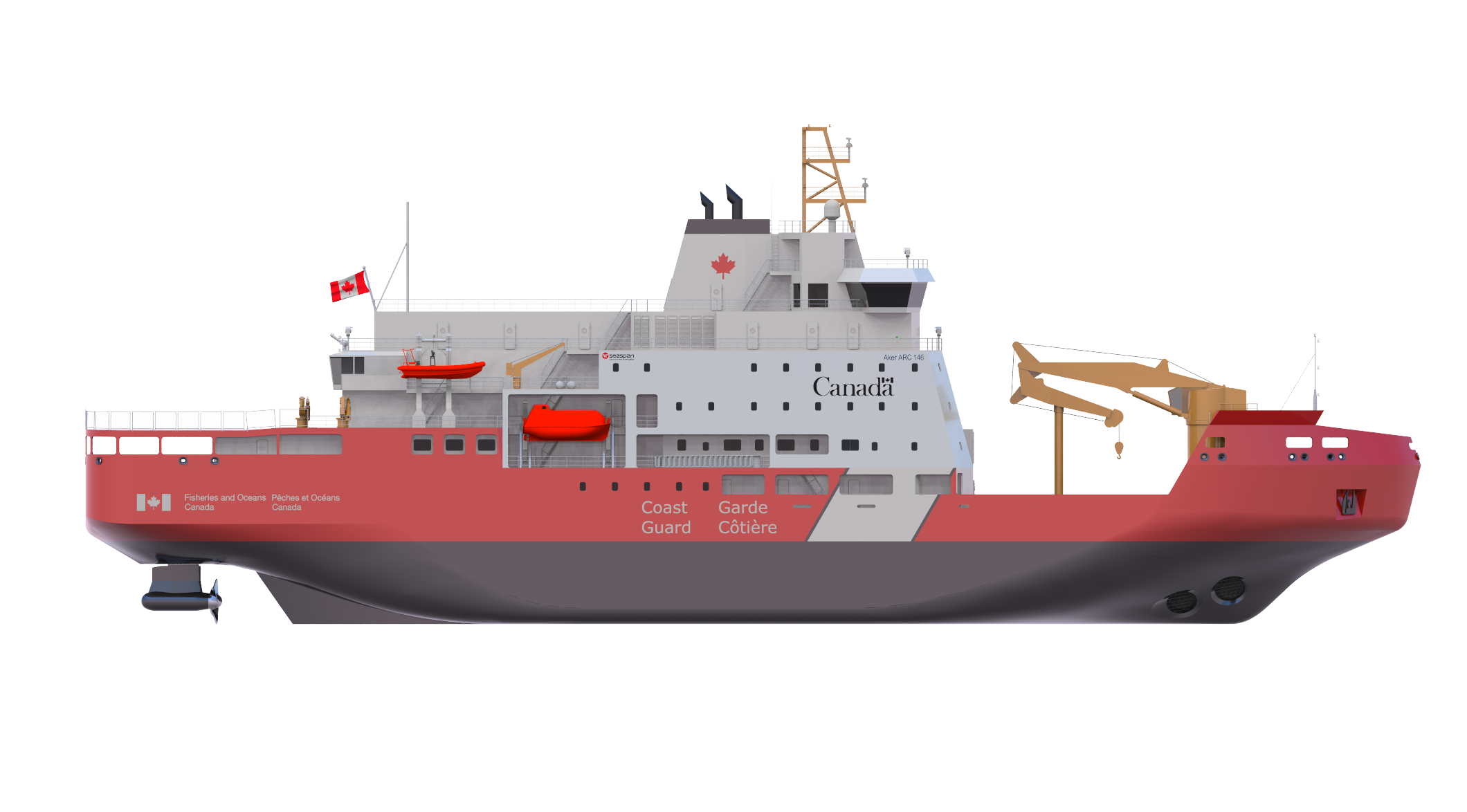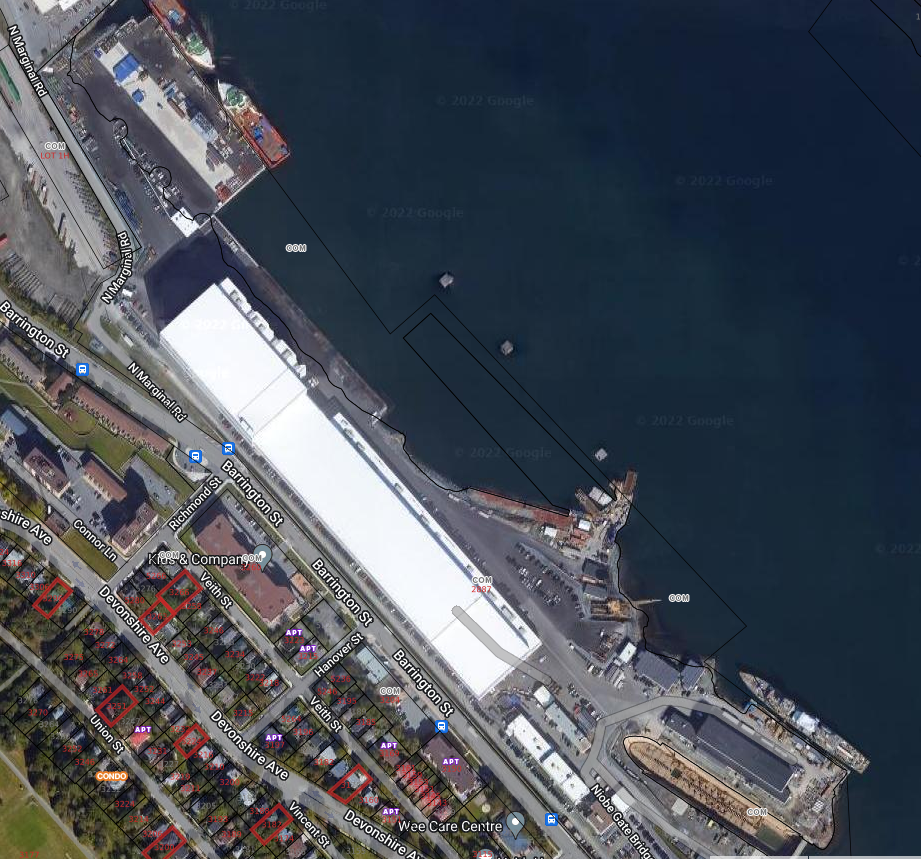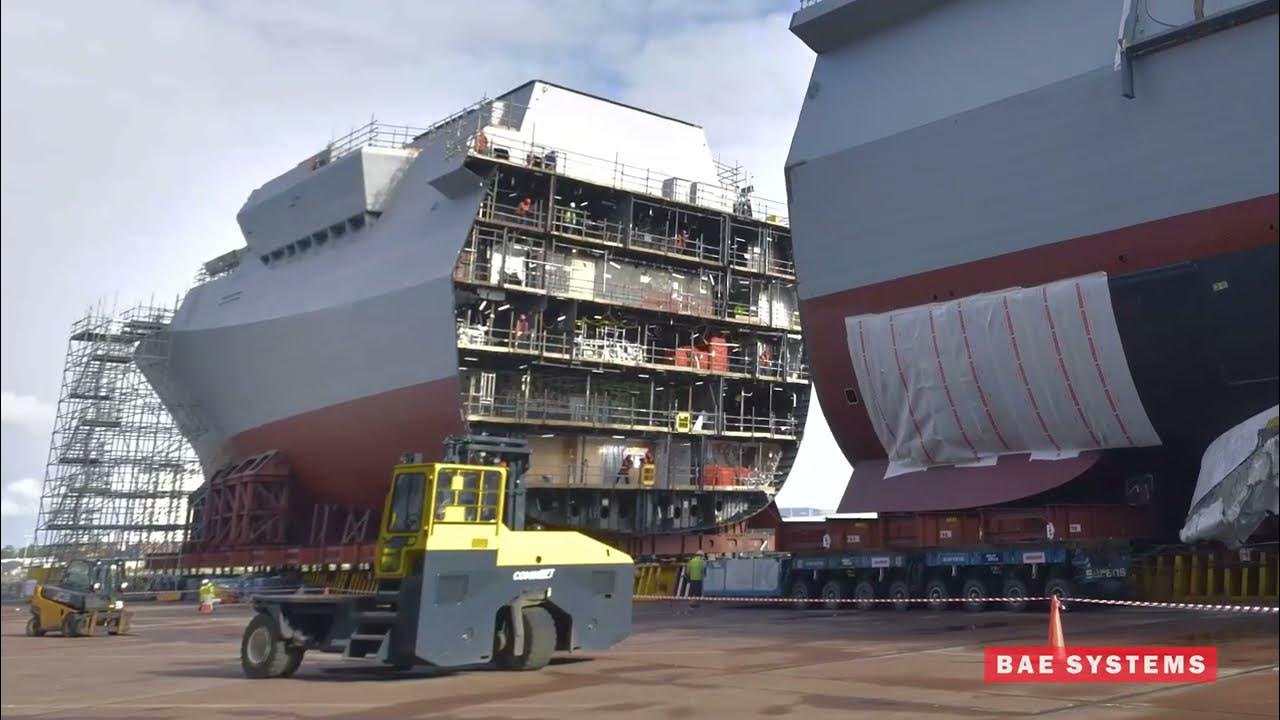Colin Parkinson
Army.ca Myth
- Reaction score
- 13,090
- Points
- 1,160
Don't worry, you can always weld it (again)I'll walk back my initial statement, this will work. And it will likely work well for the short term. But there is probably a reason no one else in the world has ever used this sort of design before.
So there are some design constraints/restraints two of which we can talk about here.
First is blind area for the radar below the hockey stick. The further away you can move that mast the smaller the blind area. So that's why the C shape. To push that blind spot to be smaller. There is always a blind spot on single source radars, and this is a AOR so a small arc covered by other sensors is not a huge issue. That's a restraint so you minimize the blind spot.
The second is ensuring what goes on the top of the hockey stick doesn't get blinded by the radar emmissions. So if its above the radar itself then it will never be blinded. The radar is a Saab SG AMB which has a look up angle, so being directly above it will ensure no stray signals get there. That's a constraint so you never blind your own sensor.
So this is very much an "up" approach to borrow your term @KevinB . There is an out on that mast as well as some sensors/tx get pushed the corners of the house or the yardarms (the navigation radars as an example will be on the corners of the bridgetop, being combined together to create a full 360 degree nav picture).
My concern is that the hockey stick is going to likely need guide wires to stop vibration and flex. You can get some fairly permissable cabling that doesn't interfere much with radar emmissions (kevlar as an example), but it remains to be seen how effective that will be. Second is that I expect even with those the stuctural life of that stick will be short. The other concern is that there are other solutions available that would have worked better IMHO but were either a) more expensive or b) not within Nav Arch understanding (they don't have combat systems folks working at VSL).

POV: NDT technician on a ferry | By NDT South Africa - Facebook
POV: NDT technician on a ferry
 fb.watch
fb.watch







